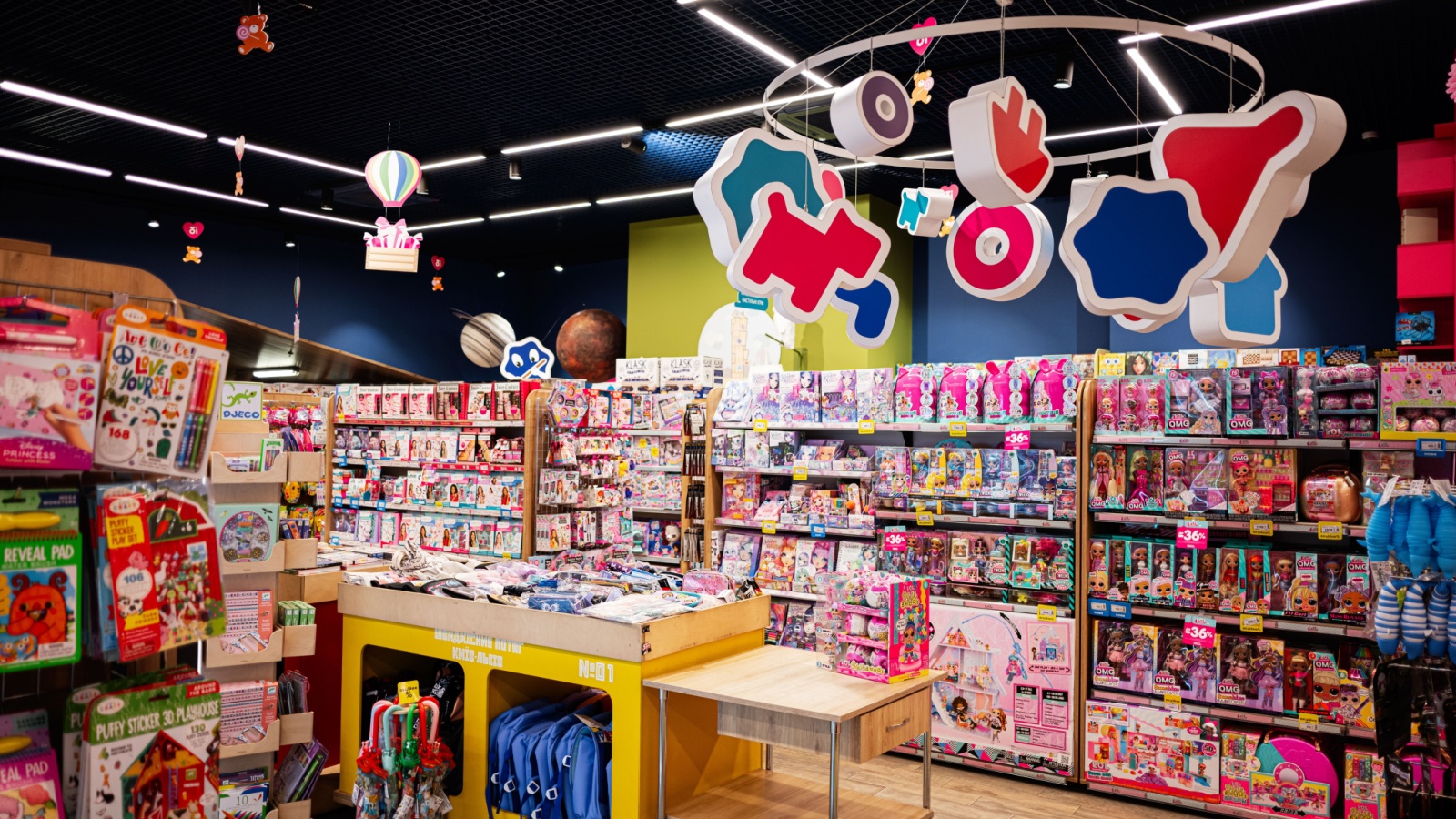Before online shopping became the norm, Canadian households eagerly awaited the arrival of thick seasonal catalogs filled with everything from home appliances to children’s toys. These catalogs were more than just shopping tools—they reflected how Canadians lived, furnished their homes, and prepared for the holidays. Here are 20 Canadian catalogs that stopped showing up in mailboxes.
Sears Canada Catalog

The Sears Canada Catalog was once a household staple, reaching millions of homes nationwide. Launched in 1953, it featured everything from furniture and fashion to tools and appliances, symbolizing convenience for generations. The catalog allowed customers from even the most remote areas to shop easily by mail. However, with the rise of online retail and declining print demand, Sears discontinued its general catalog in 2016. Its closure marked the end of an era in Canadian mail-order shopping, as digital platforms like Amazon replaced the iconic pages that once defined shopping accessibility across Canada.
Eaton’s Catalog

Eaton’s Catalog began in 1884 as one of Canada’s first national mail-order services. Published by T. Eaton Company Limited, it became a lifeline for rural Canadians, offering products that could be delivered directly to their doors. Known as the “Homemaker’s Bible,” it featured fashion, furniture, tools, and home goods. The catalog reached its peak in the mid-20th century but declined as retail stores and competitors expanded. Eaton’s ended its catalog operations in 1976, focusing on department stores instead. Its end symbolized the gradual shift away from traditional mail-order retailing toward in-store and later online shopping experiences.
Consumers Distributing Catalog

Launched in 1957, Consumers Distributing offered Canadians a unique shopping model combining catalog browsing with in-store pickup. Customers selected products from the catalog and submitted order slips at retail counters. The company became known for affordable home goods, electronics, and jewelry. However, by the mid-1990s, its system couldn’t compete with emerging big-box stores that offered immediate availability. The catalog was discontinued in 1996, and all stores closed soon after. Despite its closure, Consumers Distributing remains remembered for its efficient catalog system and distinctive role in Canada’s evolving retail history.
Canadian Tire Catalog

The Canadian Tire Catalog was once a staple in households across the country, showcasing tools, tires, outdoor gear, and home improvement products. First issued in the early 1960s, it became a go-to reference for automotive and hardware enthusiasts. The printed catalog allowed customers to browse seasonal deals and new arrivals before visiting stores. However, by 2007, Canadian Tire discontinued its printed catalogs in favour of online listings and flyers. This shift reflected the broader retail trend toward digital engagement, marking the end of one of Canada’s longest-running retail catalog traditions.
Simpsons-Sears Wish Book

Introduced in 1953, the Simpsons-Sears Wish Book became one of Canada’s most beloved holiday traditions. Featuring toys, clothes, and festive décor, it captured the excitement of the Christmas season for generations of families. The catalog connected urban and rural shoppers, offering convenient access to thousands of products. After Sears took full ownership in the 1980s, it continued the Wish Book under its own name. The final printed edition appeared in 2016 as Sears Canada faced financial decline. Its disappearance marked the end of an iconic Canadian retail tradition closely tied to holiday nostalgia.
Zellers Catalog

The Zellers Catalog served as an affordable shopping guide for Canadian households from the 1960s through the 1990s. It offered a wide range of clothing, home goods, toys, and seasonal promotions, making it a trusted reference for value-conscious shoppers. The catalog’s popularity grew during Zellers’ expansion years, reflecting its role as a family-oriented department store. However, with rising competition from Walmart and online retailers, Zellers discontinued its catalog in the early 2000s. The end of its mail-order service reflected the retailer’s gradual decline before most stores closed by 2013 under Target Canada’s short-lived entry.
The Bay Catalog

Hudson’s Bay Company launched its mail-order catalog in 1881, one of the earliest retail catalogs in North America. It provided access to clothing, furniture, and home products for Canadians living far from major cities. The Bay Catalog became known for its detailed illustrations and national reach, bridging the gap between rural customers and urban retailers. However, as online shopping and modern marketing replaced print distribution, Hudson’s Bay phased out its catalog by 2003. The transition to digital retail marked the end of a long tradition that once defined mail-order shopping in Canada.
Sears Wish Book (Holiday Edition)

The Sears Wish Book (Holiday Edition) was an annual highlight for Canadian families, showcasing toys, fashion, and gifts during the Christmas season. It became a beloved symbol of the holidays, often arriving in homes by early fall. Children across the country eagerly marked pages for their holiday wishes. However, declining sales and changing consumer habits led Sears to discontinue the printed Wish Book in 2016. Although the brand briefly revived digital versions afterward, the original printed edition remains a nostalgic memory of simpler holiday traditions in Canadian retail history.
T. Eaton Co. Spring & Summer Catalog

The T. Eaton Co. Spring & Summer Catalog was a seasonal highlight for Canadian households from the late 1800s through the 1970s. It showcased new fashions, gardening tools, and home products tailored to the warmer months. Eaton’s used the catalog to reach rural communities across the country, giving customers access to products otherwise unavailable locally. As retail stores and television advertising grew, the catalog’s relevance declined. Eaton’s ended its seasonal editions in 1976, focusing on in-store operations. Its closure marked the fading of a once-essential mail-order tradition that shaped Canadian shopping for nearly a century.
Sears Fall & Winter Catalog

The Sears Fall & Winter Catalog was a cornerstone of Canadian shopping for decades, offering an extensive selection of clothing, appliances, and home furnishings suited for colder months. Released annually, it helped families prepare for winter by showcasing heating products, outerwear, and festive gifts. The catalog’s detailed layouts and wide variety of products made it a trusted household reference. However, with digital transformation and declining print demand, Sears discontinued its main seasonal catalogs in 2016. The end of this tradition mirrored the company’s broader decline and Canada’s shift toward year-round online shopping convenience.
Hudson’s Bay Travel and Gift Catalog

The Hudson’s Bay Travel and Gift Catalog focused on specialty products such as luggage, travel accessories, and unique Canadian-themed gifts. It catered to customers looking for high-quality items associated with leisure and national pride. Popular through the 1980s and 1990s, it reflected Hudson’s Bay’s effort to diversify its retail offerings. As consumer habits evolved and travel shopping moved online, the company phased out this catalog in the early 2000s. Its closure marked the end of a niche but elegant product line that once appealed to travelers and gift buyers across the country.
Eatons Bargain Basement Catalog

The Eatons Bargain Basement Catalog offered discounted goods and clearance items to Canadian shoppers looking for affordability and variety. Popular from the 1950s through the 1970s, it featured clothing, household items, and seasonal deals. The catalog appealed especially to budget-conscious families and small-town customers. As competition from discount retailers like Zellers and Woolco increased, Eaton’s discontinued its bargain catalog operations in the late 1970s. Its closure reflected the company’s financial struggles and changing retail dynamics, as consumers increasingly turned to physical discount stores and, later, digital shopping options.
Consumers Distributing Jewelry Catalog

The Consumers Distributing Jewelry Catalog was a separate publication dedicated to fine jewelry, watches, and accessories. Introduced in the 1970s, it targeted shoppers looking for affordable luxury items with transparent pricing. Customers could browse the catalog and order pieces through local outlets. However, as direct jewelry retailers and shopping malls expanded, the catalog’s popularity waned. By the mid-1990s, Consumers Distributing phased out the jewelry-specific edition, and the company itself closed shortly after in 1996. The catalog’s end symbolized the decline of catalog-based jewelry retailing in Canada’s increasingly competitive marketplace.
Sears Home Centre Catalog

The Sears Home Centre Catalog showcased furniture, appliances, and home renovation products for Canadian homeowners. It became a trusted reference for those furnishing new homes or upgrading interiors. Through detailed layouts and specifications, Sears promoted convenience for customers who preferred mail-order purchases. However, with the rise of big-box stores and online retailers, Sears discontinued its Home Centre Catalog by the mid-2000s. The move reflected shifting consumer preferences toward in-person and digital shopping experiences. Its closure represented a significant step in Sears Canada’s gradual retreat from its once-dominant home goods market.
Woolco Canada Catalog

Woolco, introduced to Canada in 1962, launched its catalog to compete with major department store chains like Eaton’s and Sears. The Woolco Canada Catalog offered clothing, toys, and household goods at competitive prices, emphasizing affordability. It was especially popular among working-class families during the 1970s. However, Woolco phased out its catalogs in the 1980s as in-store sales became its main focus. The brand itself disappeared after Walmart acquired its Canadian operations in 1994. The catalog’s end symbolized the broader decline of traditional discount department store marketing methods.
Eaton’s Christmas Catalog

The Eaton’s Christmas Catalog was one of Canada’s most anticipated seasonal publications, featuring toys, decorations, and festive household goods. Families eagerly awaited its release each winter to plan holiday shopping. The catalog, launched in the early 1900s, became a cultural icon and a central part of Canada’s Christmas traditions. However, as competition from Sears and changing retail habits grew, Eaton’s discontinued its Christmas catalog in the mid-1970s. Its closure marked the end of a joyful tradition that had delighted Canadian households for generations and reflected broader changes in holiday shopping culture.
Sears Kids & Baby Catalog

The Sears Kids & Baby Catalog catered specifically to young families, offering children’s clothing, toys, nursery furniture, and baby essentials. Launched in the 1980s, it became a trusted resource for parents across Canada who valued quality and convenience. The catalog helped Sears maintain its reputation as a one-stop family retailer. However, as online baby stores and specialty retailers grew, demand for printed catalogs declined. Sears discontinued the Kids & Baby Catalog in the early 2010s as part of its broader cost-cutting measures. Its end reflected the shift to digital retailing and changing family shopping habits.
Simpsons Mail-Order Catalog

The Simpsons Mail-Order Catalog was one of Canada’s earliest and most respected catalogs, launched in 1896 by the Robert Simpson Company of Toronto. It featured everything from apparel to household goods, reaching customers across Canada, including rural areas. The catalog helped Simpsons become a national retail name before merging with Sears to form Simpsons-Sears in 1953. After the merger, Simpsons phased out its independent mail-order catalog. Its closure represented the consolidation of two retail giants and marked the end of a pioneering service that had shaped Canada’s early consumer culture.
Sears Furniture & Appliance Catalog

The Sears Furniture & Appliance Catalog specialized in home furnishings, electronics, and major appliances, offering Canadians reliable options for domestic upgrades. Known for detailed specifications and financing options, it appealed to homeowners and renters alike. The catalog complemented Sears’ strong in-store appliance business through the 1970s and 1980s. However, changing consumer preferences and the growth of competitors like The Brick and Leon’s reduced demand. Sears discontinued this dedicated catalog by the mid-2000s, shifting its focus to online listings. Its closure marked another step in Sears Canada’s gradual decline in the home retail sector.
Sears Clearance and Outlet Catalog

The Sears Clearance and Outlet Catalog featured discounted merchandise, overstock items, and end-of-season products. It became popular among cost-conscious shoppers who looked for deals without visiting physical outlet locations. The catalog helped Sears manage inventory and attract bargain hunters nationwide. By the early 2010s, declining sales and the expansion of online clearance sections made the printed version redundant. Sears ended this catalog in 2014 as part of its digital transition strategy. Its closure symbolized the end of an era when flipping through clearance pages was a familiar and enjoyable part of Canadian shopping.
21 Products Canadians Should Stockpile Before Tariffs Hit

If trade tensions escalate between Canada and the U.S., everyday essentials can suddenly disappear or skyrocket in price. Products like pantry basics and tech must-haves that depend on are deeply tied to cross-border supply chains and are likely to face various kinds of disruptions
21 Products Canadians Should Stockpile Before Tariffs Hit
